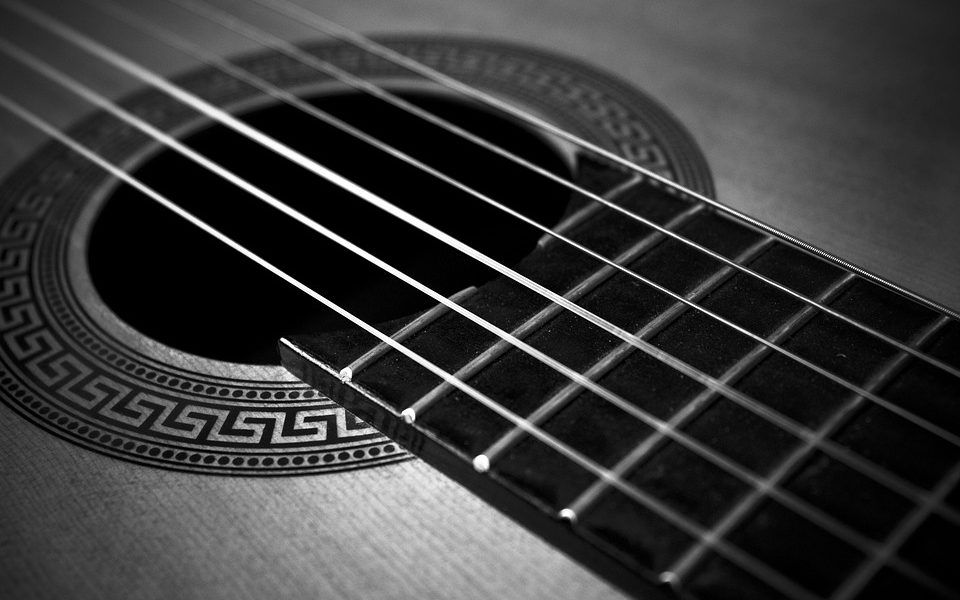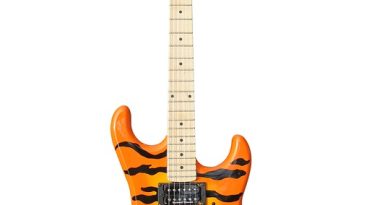Mastering Dynamics: Essential Guitar Tips for Creating Emotion in Music
Mastering Dynamics: Essential Guitar Tips for Creating Emotion in Music
As a guitarist, one of the most important elements of playing music is mastering dynamics. Dynamics refer to the variations in volume and intensity in music, and they play a crucial role in creating emotion and depth in a song. By understanding and mastering dynamics, you can take your guitar playing to the next level and truly connect with your audience. In this article, we will explore some essential tips for mastering dynamics on the guitar and creating emotion in your music.
1. Understanding the Basics of Dynamics
Before we dive into specific tips for mastering dynamics on the guitar, it’s important to have a basic understanding of what dynamics are and how they work in music. Dynamics refer to the range of loudness and softness in music, and they can greatly impact the emotional impact of a song. By varying the volume and intensity of your playing, you can create tension, release, and build excitement in your music.
There are several common dynamic markings that you may encounter in sheet music, such as piano (soft), forte (loud), crescendo (gradually getting louder), and decrescendo (gradually getting softer). While these markings can be helpful in guiding your playing, dynamics are ultimately a subjective and personal expression of emotion in music.
2. Experiment with Volume and Intensity
One of the best ways to master dynamics on the guitar is to experiment with volume and intensity in your playing. Start by playing a simple chord progression or melody and gradually vary the volume and intensity of your playing. Pay attention to how the dynamics impact the emotional feel of the music and try to connect with the emotions that you are expressing through your playing.
You can also experiment with using different techniques to create dynamics in your playing, such as using a light touch for softer passages and digging into the strings for louder sections. By exploring different ways to vary your volume and intensity, you can develop a nuanced and expressive playing style that resonates with your audience.
3. Pay Attention to Articulation
In addition to volume and intensity, articulation is another important aspect of dynamics on the guitar. Articulation refers to how you attack and release each note, and it can greatly impact the emotional feel of your playing. Experiment with different articulation techniques, such as staccato (short and detached notes) and legato (smooth and connected notes), to create tension and release in your music.
You can also experiment with using techniques like bending, vibrato, and sliding to add depth and emotion to your playing. By paying attention to articulation and exploring different techniques, you can create a dynamic and expressive playing style that truly connects with your audience.
4. Use Dynamics to Tell a Story
One of the most powerful ways to create emotion in your music is to use dynamics to tell a story. Think of your guitar playing as a means of expressing emotions and engaging your audience in a narrative. By varying the volume and intensity of your playing, you can create peaks and valleys in your music that draw your listeners in and keep them engaged.
Consider how dynamics can be used to convey different emotions and moods in your music. For example, you might use soft and delicate playing to create a sense of introspection and vulnerability, or you might use loud and aggressive playing to convey a feeling of anger or frustration. By using dynamics to tell a story, you can create a powerful emotional impact that resonates with your audience.
5. Practice with a Metronome
One often overlooked aspect of mastering dynamics on the guitar is the importance of practicing with a metronome. A metronome can help you develop a sense of timing and control over your dynamics, allowing you to vary your volume and intensity in a precise and controlled manner. By practicing with a metronome, you can develop a strong sense of rhythm and dynamics that will enhance your overall playing.
When practicing with a metronome, start by playing a simple scale or exercise and gradually vary the volume and intensity of your playing. Focus on maintaining a consistent tempo and making smooth transitions between soft and loud passages. By practicing with a metronome, you can develop a strong foundation in dynamics that will serve you well in all aspects of your playing.
In conclusion, mastering dynamics is an essential skill for any guitarist who wants to create emotion in their music. By understanding the basics of dynamics, experimenting with volume and intensity, paying attention to articulation, telling a story with your playing, and practicing with a metronome, you can develop a dynamic and expressive playing style that truly connects with your audience. So grab your guitar, start exploring dynamics, and let your emotions shine through in your music.






